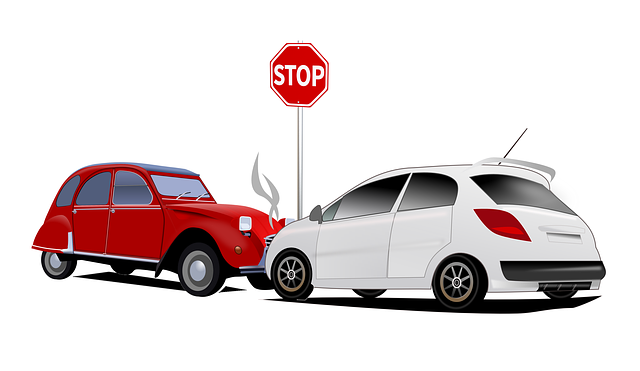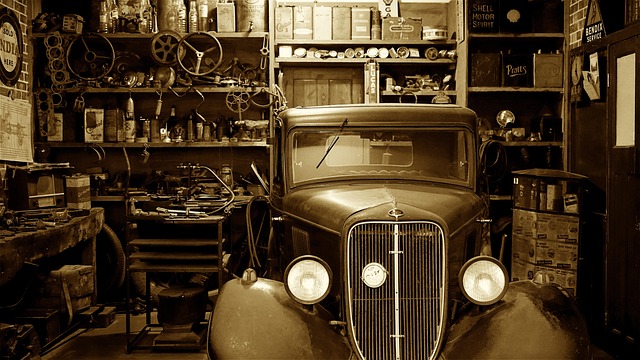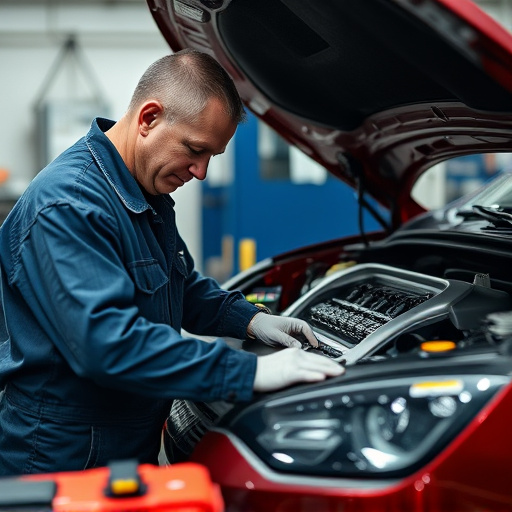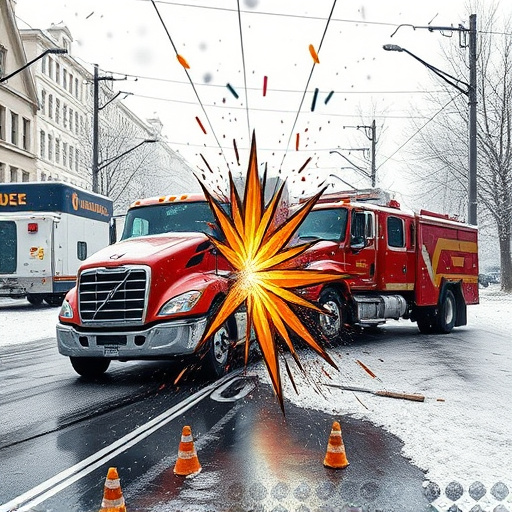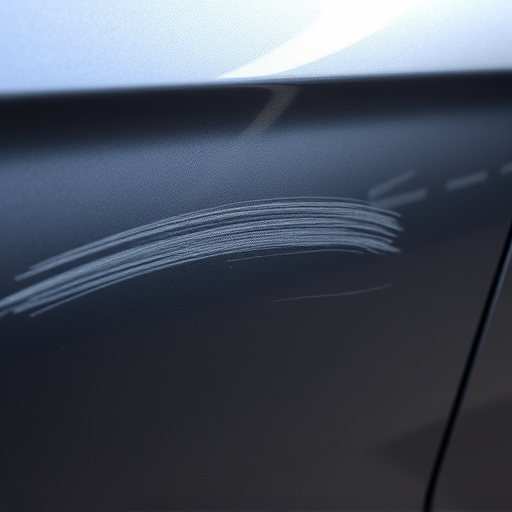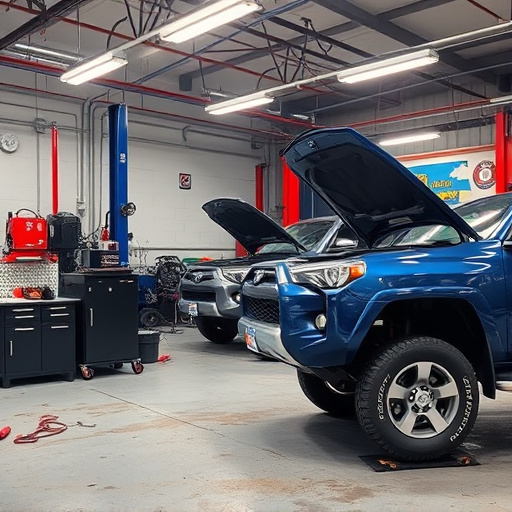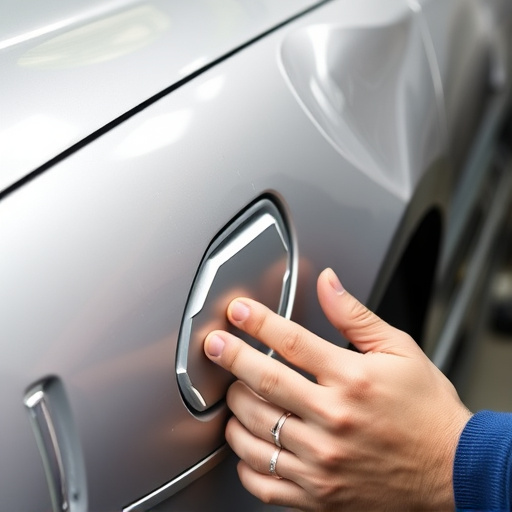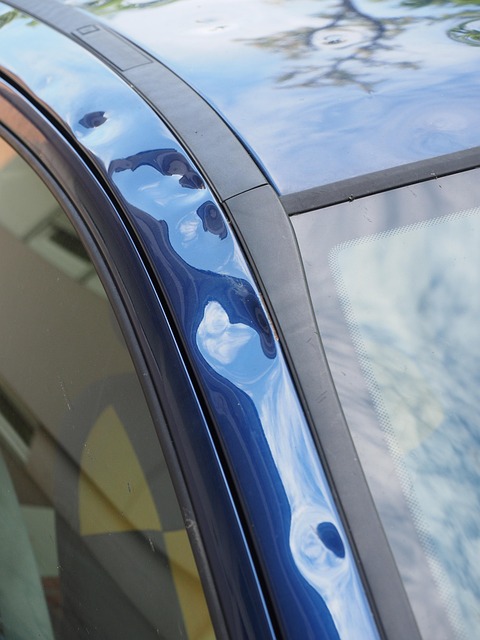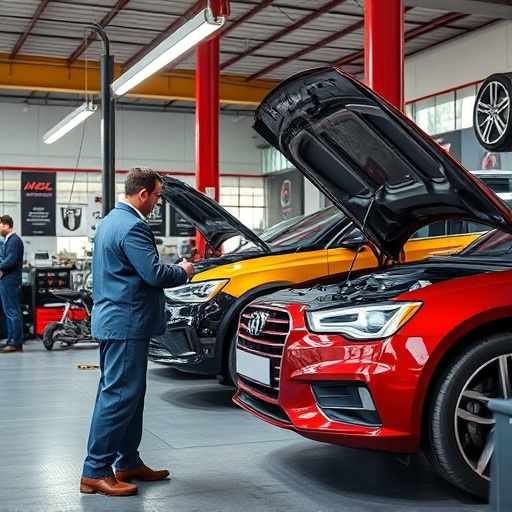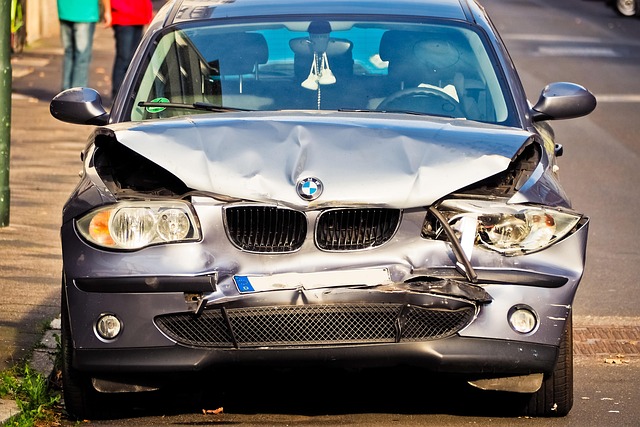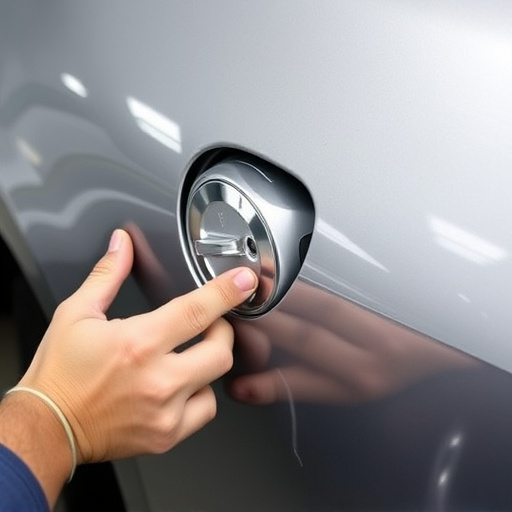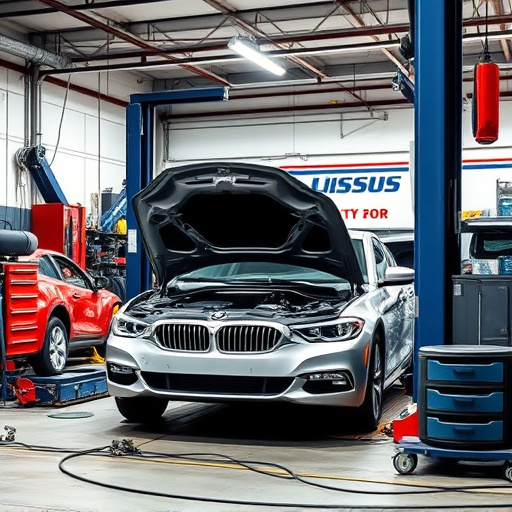Technicians repairing steering after accidents require in-depth knowledge of vehicle components and hidden damage, integrated skills in car paint, frame straightening, and auto frame repair, plus practical training on diverse scenarios. Continuous education, certifications, and adherence to industry standards ensure safety, quality, and reliable steering repairs, enhancing customer trust.
In the aftermath of accidents, proper steering repair becomes crucial for both vehicle safety and technician proficiency. This article delves into the essential training requirements for technicians handling steering repair after accidents. We explore key areas such as understanding the intricacies of post-accident steering systems, implementing practical training modules that focus on hands-on skills and safety protocols, and emphasizing continuous education and certification to keep up with industry standards and best practices in steering repair.
- Understanding Steering Repair After Accidents: Essential Knowledge for Technicians
- Practical Training Modules: Hands-on Skills and Safety Protocols
- Continuous Education and Certification: Keeping Up with Industry Standards and Best Practices
Understanding Steering Repair After Accidents: Essential Knowledge for Technicians

Understanding the intricacies of steering repair after accidents is paramount for technicians to ensure safe and effective vehicle restoration. Steering systems are vital for a driver’s control and stability, making accurate repairs essential. Technicians must grasp the fundamental principles of how accidents impact steering components, such as the suspension, rack and pinion, and power steering pumps. They should also be knowledgeable about identifying hidden damage, like frame misalignments or compromised structural integrity, which can affect steering accuracy and safety.
Beyond basic repair skills, technicians handling steering repairs after accidents need to understand the interconnection between various automotive systems, including car paint repair, frame straightening, and auto frame repair. This holistic approach ensures that not only the steering mechanism is correctly restored, but also that other components affected by the accident are addressed, guaranteeing a vehicle’s safe return to the road.
Practical Training Modules: Hands-on Skills and Safety Protocols

Practical Training Modules for technicians handling steering repair after accidents are an essential component of their education. These hands-on skills sessions should cover a range of scenarios, from simple adjustments to complex repairs, ensuring technicians are prepared for the diverse needs of vehicle owners post-accident. The modules must include safety protocols, emphasizing the importance of personal protective equipment (PPE) and safe lifting techniques to prevent further injuries in an already fragile situation.
Technicians should be trained in the latest tools and technologies used in steering repair, including specialized equipment designed for car body restoration and precise measurements. Practice on damaged vehicle parts or simulated crash scenarios will enable them to apply these skills confidently in an auto body shop setting. This practical approach ensures technicians can effectively assess and fix steering issues, restoring vehicles to their pre-accident condition while prioritizing safety throughout the steering repair accident process.
Continuous Education and Certification: Keeping Up with Industry Standards and Best Practices
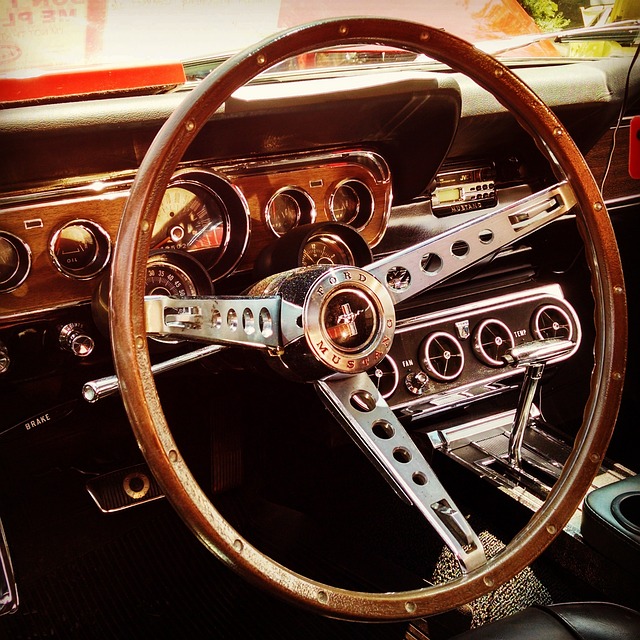
In the dynamic world of automotive repair, continuous education and certification are paramount for technicians specializing in steering repair after accidents. Staying abreast of industry standards and best practices ensures that auto body shops maintain high safety and quality levels. By participating in regular training programs, technicians can hone their skills, learn about new technologies, and adapt to evolving vehicle designs. This ongoing learning process not only enhances their expertise but also contributes to the overall reliability and safety of auto repair services.
Furthermore, industry certifications validate a technician’s proficiency and commitment to excellence. Recognized certifications in steering repair and vehicle body repair signify that a professional has met stringent criteria set by respected automotive organizations. Such credentials can significantly boost a technician’s reputation, fostering trust among customers who seek top-notch auto body shop services after a steering repair accident.
Training technicians in steering repair after accidents is vital for ensuring safe and effective vehicle restoration. By combining theoretical knowledge, practical modules, and continuous education, we empower professionals to handle these critical repairs with confidence. This comprehensive approach not only meets industry standards but also enhances the overall safety of drivers on the road, addressing the growing need for specialized skillsets in steering repair accidents.
